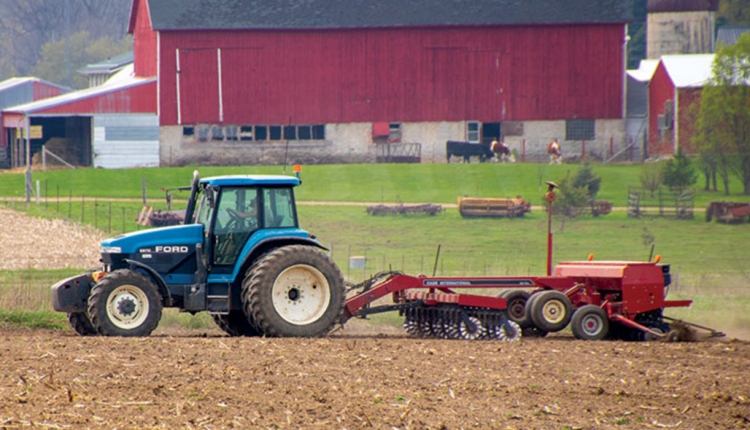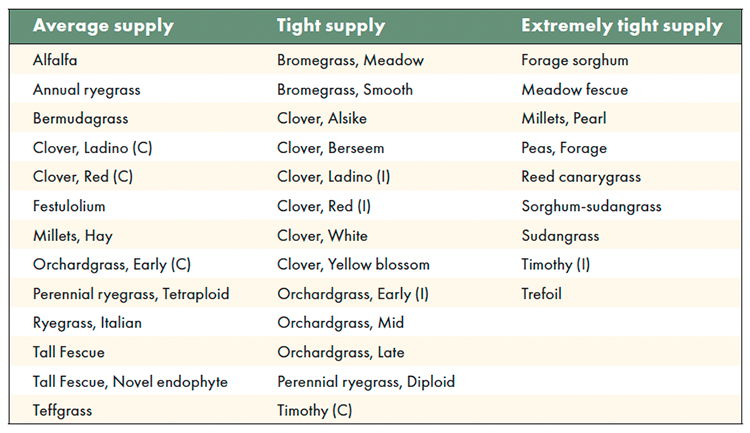The author is the senior vice president of distribution for DLF North America.

After a few years of extremely tight overall forage seed inventories that were exacerbated by supply chain challenges, many of the primary forage species in key production areas should start to have average to good availability for spring plantings in 2023.
Helping to bring forage seed supply more into balance has been a recent trend away from newly seeded forage acres and toward cash crops such as corn and soybeans, which have offered record-high prices in recent years. The general sense in the industry is that spring of 2023 will see increased forage plantings due to the need for older stands to be replaced and overall forage demand from dairy and beef producers. As always, we know that in more Northern regions of the Midwest, a challenging winter can significantly influence spring seed and forage needs.
Alfalfa will have good availability across the spectrum of fall dormancies and trait packages, and seed prices are expected to be stable to slightly higher. Two forage seed categories to be especially mindful of are timothy and the summer-annual complex. Most of the timothy seed produced in North America is from the Peace River area of northern Alberta, which has seen unprecedented seed production weather challenges the last two years. It’s anticipated that timothy supply won’t return to normal levels until 2024.
Forage sorghum, sorghum-sudangrass hybrids, and pearl millet seed production during the 2022 season also experienced extreme drought challenges and it’s expected that supplies will be lower than average. Given that these products are typically seeded later in the spring or early summer, producers would be wise to secure seed needs early to ensure the ability to utilize this option in their forage rotations.
The table below outlines the supply picture for most popular forage species. Common (C) and Improved (I) supplies are noted in parenthesis, and maturities are separated if there are differences in the outlook for the species. If there is no designation, the supply rating applies to both common and improved options as well as maturities for the species. The “Extremely tight” designation indicates that the species will likely sell out at some point in the season. By comparison, last year there were only six items in the “Average” supply category and 15 with an “Extremely tight supply” designation. As always, please check with your local supplier for specific variety availability.

This article appeared in the November 2022 issue of Hay & Forage Grower on page 24.
Not a subscriber? Click to get the print magazine.

